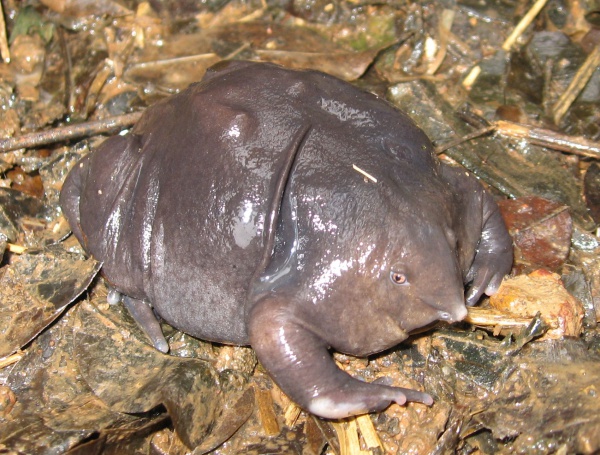Facts About Purple frog
The purple frog, also known as the Indian purple frog or pignose frog, is an intriguing species found in the Western Ghats of India. Classified within the Sooglossidae family, it was officially described in 2003, although its tadpoles were first documented as early as 1918. The discovery was the result of collaborative research between scientists from India and Belgium.
The scientific name of this frog, Nasikabatrachus sahyadrensis, is derived from Sanskrit and Greek, meaning "nose frog" a nod to its distinctive pointed snout. Adult purple frogs possess a stout, bloated body with a dark purplish-grey hue and a small head. Their tadpoles are equipped with oral suckers that allow them to cling to rocks in fast-flowing streams.
Purple frogs are well-adapted to life near stream banks, where they can hold onto submerged rocks amidst strong currents. They emerge during the monsoon season to mate. Male frogs call out from rainwater streams and lay their eggs in rock pools. The tadpoles then undergo metamorphosis over approximately 100 days.
Regrettably, the purple frog faces numerous threats. Human activities such as settlement and agriculture are disrupting its habitat. Additionally, these frogs are harvested for food, traditional medicine, research, and the pet trade. Certain tribal communities practice unique methods to collect their distinctive tadpoles.

 China
China